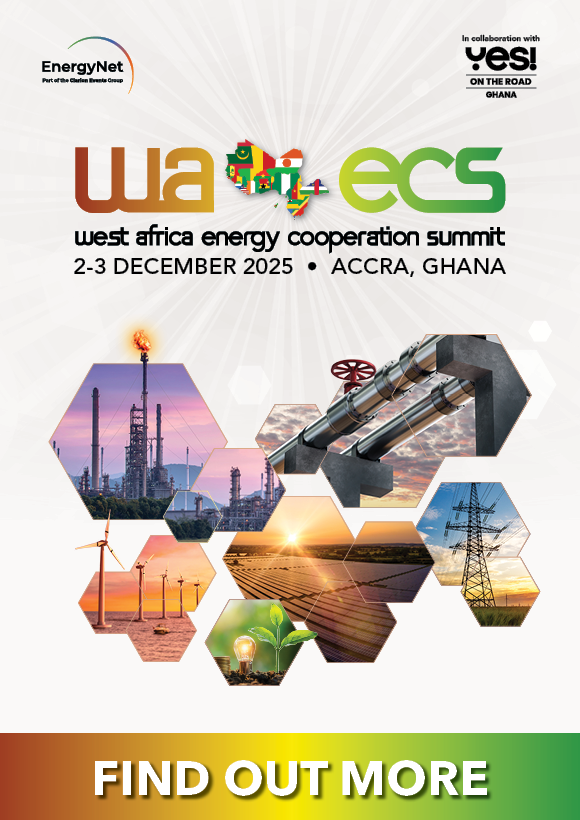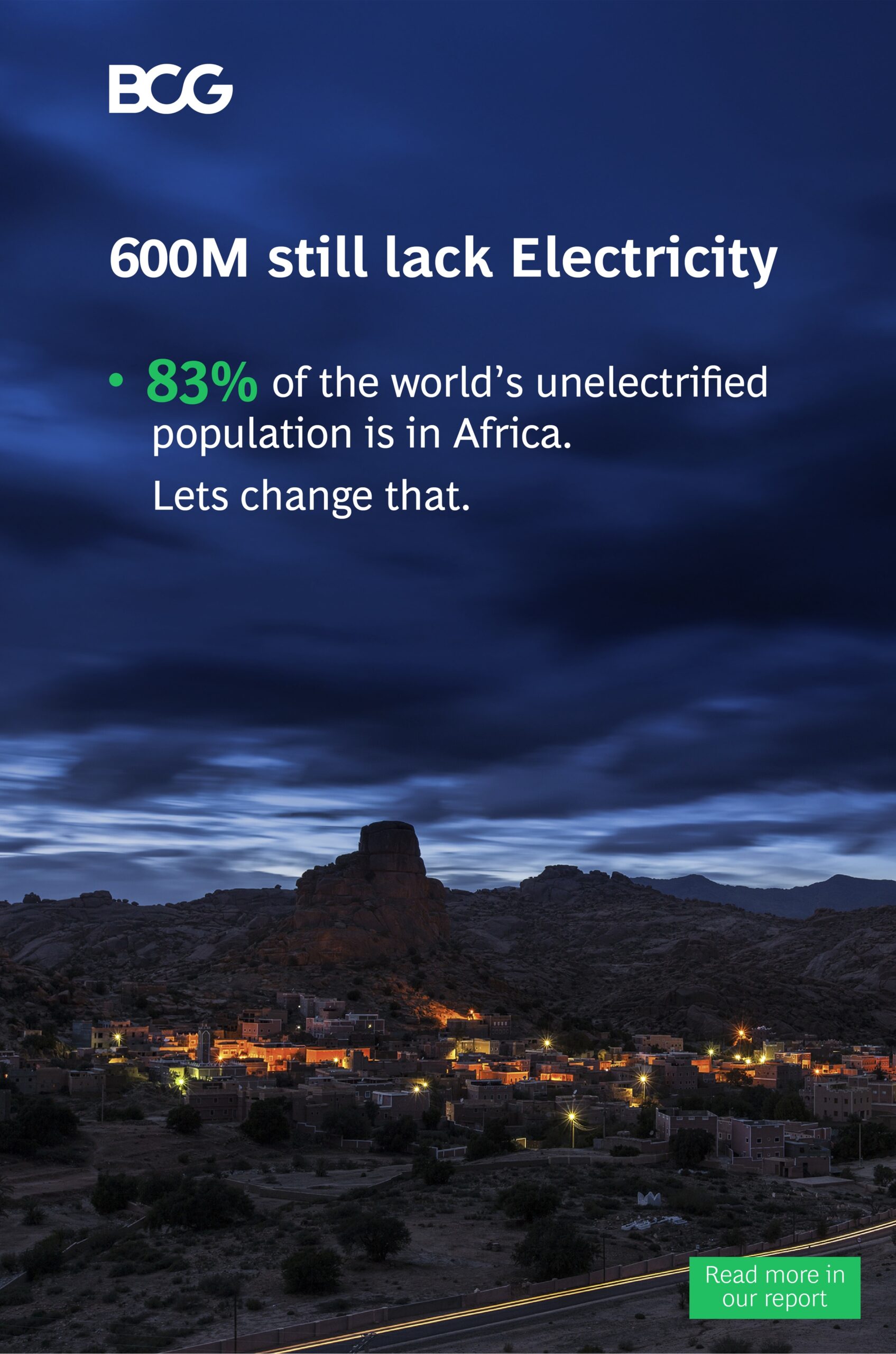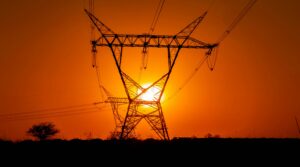
ENGIE Energy Access’ Helen Zulu discusses Mini-Grids, Innovation and Powering Rural Zambia
With Zambia setting its sights on universal electricity access by 2030, accelerating rural electrification has become central to the mission. At the forefront of this transformation is ENGIE Energy Access (EEA), driving one of the country’s most dynamic solar mini-grid programmes.
With 24 mini-grid sites already powering communities and many more on the way, EEA is setting a precedent for delivering clean, reliable energy to thousands of households, schools, health centres, and businesses in areas underserved by the national grid.
We spoke with Helen Zulu, Acting Regional Director for Southern Africa at ENGIE Energy Access, who shares the monumental social impact mini-grids are having on rural communities, the innovative Demand Stimulation Initiative that underpins commercial sustainability, and the regulatory reforms needed to attract investors and scale up mini-grid deployment across Zambia.
ENGIE’s mini-grid programme in Zambia is rapidly expanding, with 24 sites already operational and more on the way. How would you describe the impact these mini-grids are having on rural communities?
ENGIE Energy Access’s mini-grid programme is fundamentally transforming rural communities by providing a cornerstone for development: reliable, clean electricity. With 24 sites now operational and a pipeline to deliver 71, our core mission is to bridge the energy access gap for over 11,000 direct beneficiaries that have historically been unelectrified.
The impact is multi-faceted, moving beyond basic lighting to powering entire ecosystems. Our mini-grids energize critical infrastructure, homes, schools, health centres, local businesses, and government offices. This is creating tangible, life-changing outcomes: students can now study safely after dark, health clinics can properly refrigerate vaccines and medicines, and schools are introducing computer labs, giving rural youth the digital skills to compete with their urban peers.
Furthermore, to ensure this energy translates into direct economic prosperity, we’ve partnered with Customized Energy Solutions to deploy Productive Use Equipment (PUE). This strategic Demand Stimulation Initiative is already yielding impressive results, empowering local entrepreneurs to grow their businesses, increase their income, and even expand their market reach beyond village borders, with some now serving customers in neighbouring Malawi.
Demand stimulation is central to making mini-grids commercially sustainable. How is ENGIE Energy Access using DSI to make the programme a sustainable business? Can you share some of initiatives ENGIE has introduced and their impact so far?
ENGIE Energy Access partners with appliance financing companies like Customized Energy Solutions (CES) to provide access to productive use appliances such as milling machines, irrigation equipment and agro-processing. This helps entrepreneurs and small businesses in agriculture, education, and industry to thrive by using electricity to improve productivity and income.
The business has also been awarded results-based financing in the Zambia Energy Demand Stimulation Incentive (ZEDSI) programme, supported by organizations like SEforALL and The Rockefeller Foundation to support development and operation of mini-grids, explicitly targeting demand stimulation by encouraging productive use of electricity.
These initiatives promote sustainable business models by demonstrating that rural electrification can be bankable and beneficial for both investors and the communities served.
Mini-grids often face long payback periods of 10–15 years. What strategies are you finding effective in making these projects more attractive to investors?
Addressing the extended payback periods inherent in mini-grid projects requires innovative and multi-faceted strategies to enhance their commercial viability. At ENGIE Energy Access, we are implementing several key approaches to make these projects more attractive.
Firstly, we are looking into adopting a multi-technology approach. As highlighted in our white paper published in March 2024, incorporating various technologies into mini-grid development helps address the diverse energy needs of households and businesses, from basic lighting to entertainment and productive use. This approach also shortens the long payback period typically associated with single-technology models.
Under this model, energy is deployed based on consumption density and cost. Low-density areas with limited economic activity are often best served with Solar Home Systems (SHS), while mini-grids are more suitable for communities with higher willingness and ability to pay. Accelerating mini-grid development will therefore be critical in the coming years to reach more households.
In addition, to broaden electricity access for a wider range of customers, EEA has introduced the Solar Business Solution (SBS), an AC-powered, stand-alone hybrid system designed for businesses and high-consuming households, both on and off grid, as part of its technology mix. This solution specifically targets market segments that require end-to-end power systems capable of serving entire residential or commercial premises.
Secondly, we prioritize strategic partnerships with organizations such as the Rural Electrification Authority, Sagemcom, Customized Energy Solutions (CES), the European Union, SEforALL, Cygnum Capital, and the Rockefeller Foundation. These collaborations are essential for strengthening planning, enhancing regulatory clarity, improving data availability, and unlocking grant funding, project financing, construction support, and technical expertise. Together, they help reduce policy and operational uncertainties that often deter investors.
Finally, a core focus is on demand stimulation. We proactively work to increase energy consumption by promoting the productive use of electricity, powering machinery, irrigation systems, agro-processing equipment for local businesses and lastly introducing anchor tenants such as the telecom tower operators into the main grid site. By creating higher and more reliable demand, we directly accelerate revenue growth and improve the long-term financial sustainability of each mini-grid.
Zambia has ambitious energy access targets. How are ENGIE’s mini-grids helping accelerate progress at scale and pace?
EEA’s mini-grids are accelerating Zambia’s energy access targets by rapidly expanding clean, reliable electricity to underserved rural and peri-urban communities. Zambia aims to achieve universal electricity access by 2030, targeting over one million new connections in the near term through a combination of grid extension and off-grid solutions, including mini-grids. EEA’s expansion of solar mini-grids directly supports this national agenda by providing affordable power to households, businesses, and community institutions.
We aim to operate 71 mini grids across 5 provinces, targeting to reach at least 11,000 households with clean electricity, enhancing socio-economic welfare, and supporting local economic growth.
What regulatory or policy changes would make the greatest difference for scaling mini-grids?
Regulatory or policy changes that would make the greatest impact include the establishment of a defined Statutory Instrument tailored to the needs of mini-grids. In its current form, with mini-grids under 5 MW deregulated, significant risks remain for investors, most notably the risk of grid encroachment. Without clear provisions, there is no protection if the national grid or another developer extends into areas where mini-grids are already operating, undermining both investment security and long-term sustainability.
By the end of this year ENGIE expects to have 31 mini-grids live, and 71 in the pipeline. What are the biggest milestones you want to hit in 2026?
One of the key milestones we are targeting for 2026 is achieving universal access to electricity across all the sites in which we operate, with the inclusion of anchor customers and the deployment of productive use equipment. This will be driven by the implementation of our multi-technology approach, with strong collaboration from stakeholders.
Reaching this milestone will enable better sizing of mini-grids, increased utilization, improved sustainability, and a more reliable electricity supply, all with customer centricity at the core. Ultimately, it will deliver a tangible social and economic impact within the communities we serve.
















